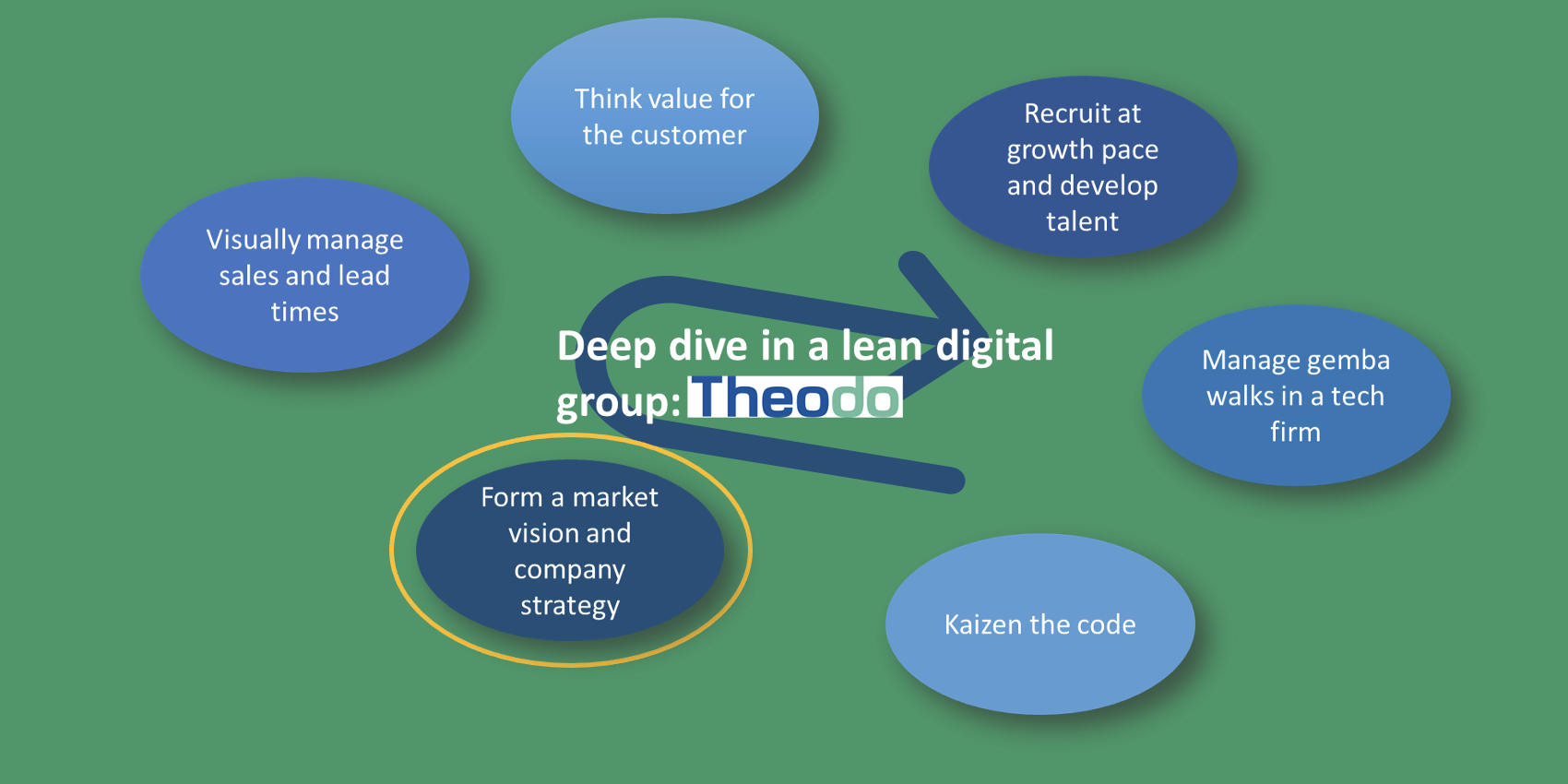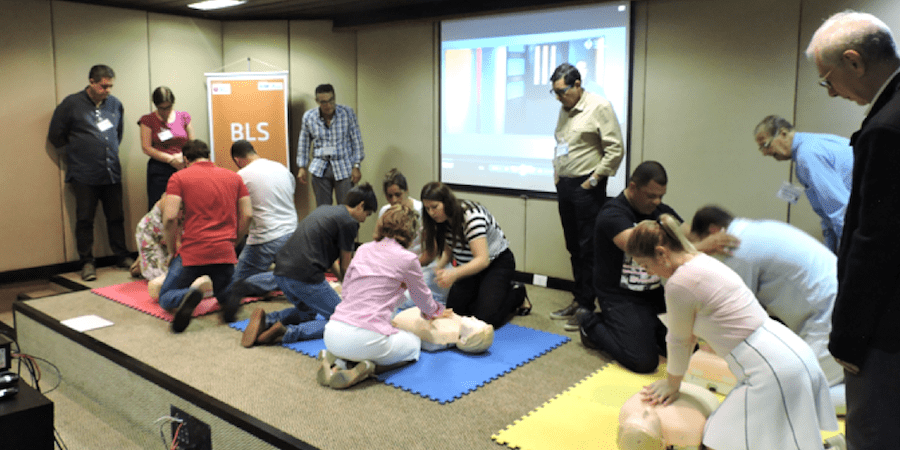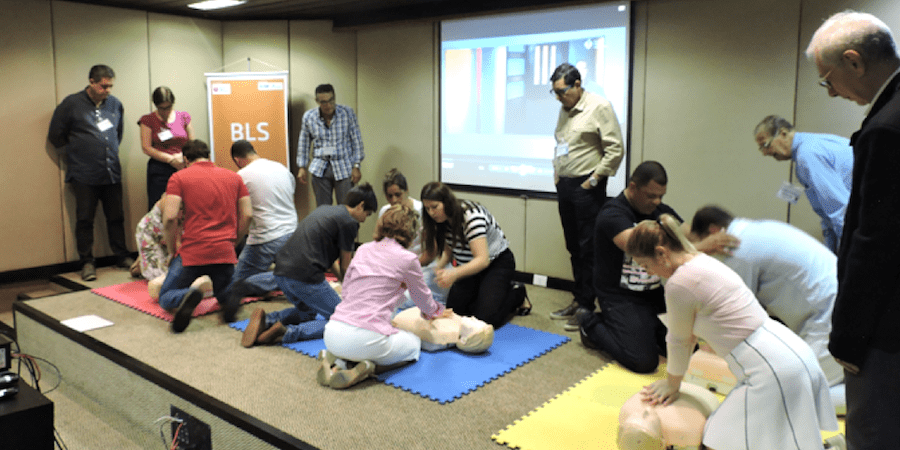
Centerlining: what it is and how it works
FEATURE – In this compelling read, the author explains how “centerlining” tools and settings can reduce variation in a process and avoid having to constantly seek adjustments à la McGyver.
Words: Severino Abad, Lean Coach, Instituto Lean Management – Spain
Over the course of a typical working day, a lot of time is spent solving problems – particularly for those with responsibility over a production process (in fact, this is so true that we usually nickname them “firefighters”).
On many occasions, these problem-solving activities aim to tackle unexpected situations, like breakdowns, power outages, etc. Yet, on many other occasions, people are called to face an issue that had previously occurred but not been fixed. In solving problems day after day, we tend not to go deep enough to identify their root cause (the only way to ensure they disappear forever). This situation can easily end up taking roots in the culture of a company. Too often, we invest more time in finding good excuses for problems than in seeking to prevent them from recurring. When it comes to management, this is what differentiates traditional businesses from lean ones.
This isn’t only about the human tendency to solve issues McGyver-style (this TV character is famous for solving problems creatively without the need to get to the bottom of the situation). The organization of the business can favor such behavior.
Who didn’t find themselves in one of the following situations?
- On a production line dominated by a machine (like a plastic injection molding), a certain team carries out the changeover of a mold and/or materials, puts the line to work and produces parts all day. When the shift changes, the first thing the incoming shift manager does – almost compulsively, and typically unnecessarily – is adjusting the settings of the line (for instance, the temperature of the different areas of the extruder machine, the production pace, etc) without the certainty that such change us required. The curious thing is that, in the following shift, the next manager is likely to change the settings yet again. And so it continues – a vicious cycle of inconsistency. The excuse to engage in such behavior is typically the need to adhere to technical requirements: the intake filter is dirty and it’s necessary to boost the speed of production to achieve our goal; the raw material has higher levels of humidity than recommended; the temperature and/or humidity of the environment is significantly different from what we hoped for; and so on.
This makes the process dangerous: are the components produced after the settings changes good or are they defective? If they are good, why were the settings changed? Are they better than those produced in the previous shift? And if they are defective, why did the previous shift manager not change the settings back? Why were the right settings changed in the first place? Why were defective parts accepted as good ones?
- In a production process in which we mechanize a heterogeneous material, like wood, it is always necessary to run some tests before production can start. The argument here is that different types of wood behave in different ways and that “the material is alive” (what people mean when they say this is perhaps that wood is an anisotropic material, sensitive to environmental conditions like temperature and humidity). Thus, the processing of each part begins with an “individual adjustment” of the production settings due to: the state of the blade of the machining tool, the type of wood material used and its age, the grain and porosity of the wood, the level of humidity of the material or in the environment, the speed and depth of the machining, and so on.
- During a change of equipment in a process or during the process execution itself, many questions and doubts surface. When we get close to the process at hand, we observe that the documentation available at the workstation provides information on how to adjust the process settings, using words like ‘adequately’ or ‘until the correct parts are obtained’. But what does ‘adequately’ mean? What about ‘correct’?
These activities will result in a gap between the expected result and the actual outcome, which typically manifests itself as an underperforming process. The cause of this gap isn’t always clear, but it always leads to an unstable process and, in turn, to the impossibility of achieving the flow we need to fulfil our promise to the customer.
To tackle this problem, we can use lean tools and practices that allow us to identify and analyze waste in a process and, ultimately, to achieve a successful operation. First of all, we have to go to gemba or genba (the place where the work takes place), identify the genbutsu (the equipment that is object of our investigation) and the environment in which the facts are taking place. This will allow us to capture the “reality” (or genjitsu) by looking at the symptoms of the problem. At this point, we will have identified what’s known as the “three realities” or “three actualities” (in some businesses, these are called 3G, 3Gen o San Gen Shugi):

Sure enough, obtaining information on the three realities will lead us to a better understanding of the process we need to fix. (Toyota’s Taiichi Ohno suggested bringing this technique to life by means of the well-known “Ohno circles”.)
Once we have identified the 3G, we need to face what the laws of physics and chemistry teach us, often identified as “principles” (genri), in order to clearly define the gap we need to fill and the situation in which we are operating. Nonetheless, it’s necessary to take an essential step to ensure we have all the information we need before we correctly attack the problem (following the gensoku, the basic standards and rules of the process that must be observed). At this stage, we have identified the 5Gen or 5Gs, preconditions for an effective problem-solving activity.

This last “gen” refers to the problem I mentioned at the beginning of this article and to the process commonly known as “centerline” or “centerlining”. It consists in ensuring the expected result of a process is achieved by determining and adjusting the variables affecting it and leading to a stable result and the hoped-for value (centerline). In other words, we are ensuring quality of a product by means of the process itself.
The centerline consists of the following stages:
- Establishing a production environment in which the adequate and necessary means to complete the process are available and in which it’s possible to detect the appearance of any kind of anomaly. In TPM, we talk about the CIL standard (cleaning, inspection and lubrication), which not only represents part of the first level of autonomous maintenance, but also leads to the identification and prediction of anomalies in a given piece of equipment. The practice of 5S is also helpful to reach this outcome.
- Identifying the main variables affecting the process. To complete this step, the experience of the workers and the company’s know-how are essential. If we look closely at any industrial equipment we might have in our sites, how many adjustments does it allow us to make? One hundred? One thousand? How many of these do we actually use? In this step, it’s important to eliminate any unnecessary adjustments. We need to limit the possibility of variation in those systems that allow us to adapt the equipment to our needs, but don’t actually require any adjustments due to the nature of our production. This way, we’ll avoid scares and future surprises. In the case of mechanical adjustments, replacing variable systems (like screws, bolts, etc) with fixed ones (welded parts) is a good idea; for digital adjustments, it’s important to protect them with a password.
- Determining the value of the adjustment of the variables affecting the process, and the allowed range of variation that will ensure the achievement of the desired result. For this phase to succeed, we need to try and convert those adjustments that can’t be eliminated into at least fixed ones. For instance, replacing that potentiometers that require continuous regulating with fixed position or preset selectors. If we correctly identify these fixed positions with the desired final result, the use of this approach will be more successful. Controlling these is easiest with visual management tools that clearly distinguish an OK state from a not-OK state (for example, with color-coded areas on a board). An additional help with this entails ensuring that all the adjustments for a specific reference are made in unison, in a waterfall fashion, so that none is forgotten or not in tune with others. This is very common, for example, in some of today’s cars, which provide a set of pre-adjustments – typically called “comfort”, “eco”, “sport” or similar – under which we automatically select several variables that change the way we drive (the way the engine works, for example, or even the suspensions), without the driver having to manually check that each variable is adjusted. Furthermore, we should understand the effect of variable changes on the process, if we want to react to problems more effectively. Having process settings tables can help us to reestablish the desires conditions in many situations. To elaborate them, however, it is essential to have cooperation between workers, machine and material providers, and knowledge centers like universities or technological centers.

Following these steps will allows us to create the basic conditions to manage the variables in the process and ensure its success.
- Establishing systems of adjustment and monitoring of these variables that immediately alert us when one of them is found to be outside of the specifications provided. It’s also interesting to create routines for the control of frequently used parameters in order to better control the process and increase our knowledge on how it works.
Once we have the process under control, we need to determine how to behave in the event of an anomaly and clearly establish roles and responsibilities when it comes to readjusting the process. This means that, for instance, a line worker needs to have a clear idea of what variable he can modify, by how much and under what circumstances.
Should her intervention fail, he’ll need to know how to escalate her request to, say, the line manager, who has the power to change other, possibly more important variables. If this is not sufficient either, he will need to bring her request to a shift manager, who – together with the process engineers – can typically change all the process variables in order to make the best possible decision. In any case, independently of the management level reached by the request of reestablishing operational conditions, it is very important to properly channel any relevant piece of information in order to grow our know-how of the process and develop our ability to anticipate future problems or to improve the way our processes work without having “to reinvent the wheel” every time.
Do all this and you’ll be able to establish a successful process that can be completed without the constant, but often unpredictable intervention of line workers. Our people provide us with the most value when we collectively strive to take our process to the next level of excellence by engaging in continuous improvement.
THE AUTHOR

Read more


FEATURE – In the final article of her series, the author spends a day with Theodo’s CEO and co-founder to learn how lean informs its strategy and vision.



INTERVIEW – A cardiologist from a hospital in Salvador de Bahia explains how his department was completely transformed following the introduction of a dedicated pathway for heart patients.


FEATURE - An initial look into the impact of lean management principles on the growth of young organizations hopes to encourage further analysis into why and how lean startups succeed.


FEATURE - In this article, taken from LEI's Design Brief, Jim Morgan talks about the often-overlooked topic of building quality into new products. Learn how a customer-centric approach in development can prevent costly rework and build lasting trust.

